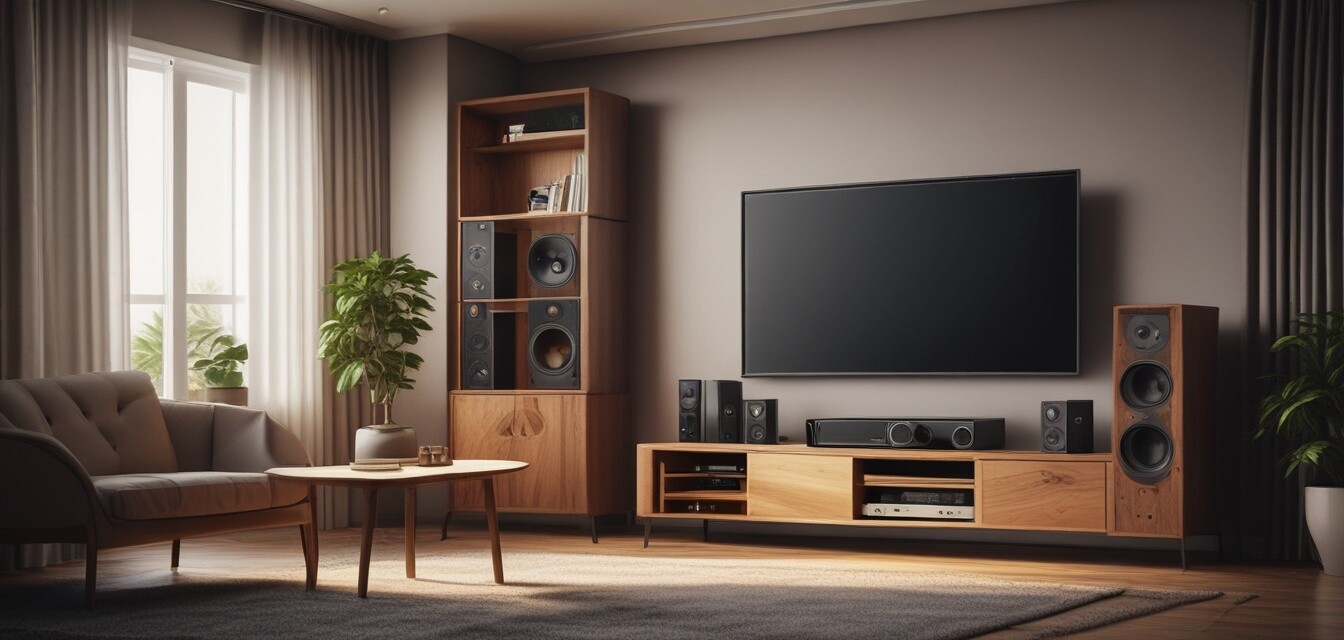
Best Practices for Maintaining Your Speakers
- Regular cleaning helps avoid dust buildup.
- Proper placement enhances sound quality and speaker longevity.
- Avoid exposing speakers to moisture and extreme temperatures.
- Use quality cables to ensure optimal performance.
- Check connections regularly to prevent audio issues.
Speakers are an integral part of any audio system, creating immersive sound experiences that resonate with listeners. However, like any equipment, they require care and maintenance for optimal performance and longevity. In this guide, we will explore the best practices for maintaining your speakers, ensuring they last longer and continue to deliver high-quality sound.
Why Speaker Maintenance is Important
Neglecting your speakers can lead to diminished audio quality and reduced lifespan. Below are some key reasons why maintenance is crucial:
- Performance: Regular maintenance ensures your speakers perform at their best.
- Longevity: Proper care extends the life of the speakers.
- Sound Quality: Dust and dirt can deteriorate sound quality over time.
Cleaning Your Speakers
Cleaning your speakers is one of the easiest ways to maintain them. Here’s how to do it effectively:
Materials Needed
- Microfiber cloth
- Compressed air canister
- Soft brush
Step-by-Step Cleaning Guide
- Turn off and unplug your speakers before cleaning.
- Use the microfiber cloth to gently wipe the surface of the speakers.
- Apply compressed air around the speaker grills to remove dust.
- Use a soft brush to clean smaller areas and corners.
- Ensure speaker cables and ports are free of dust or debris.
Proper Placement of Speakers
The placement of your speakers can greatly impact the audio experience. Here are some tips:
| Speaker Type | Recommended Placement |
|---|---|
| Floor-standing Speakers | At least 2 feet from any wall for optimal bass response. |
| Bookshelf Speakers | At ear level and away from corners for a balanced sound. |
| Soundbars | Directly below or above the TV, aligned with the screen center. |
| Subwoofers | Corner placement can enhance bass but may require adjustments. |
Avoiding Humidity and Temperature Extremes
Humidity and extreme temperature fluctuations can harm your speakers. Here’s how to protect them:
- Avoid placing speakers in damp areas.
- Keep speakers away from direct sunlight.
- Use a dehumidifier in humid environments.
- Store speakers in a stable climate to prevent warping.
Using Quality Cables
The quality of your speaker cables can affect sound quality. Here are tips for selecting the right cables:
- Opt for oxygen-free copper cables for better conductivity.
- Choose cables with proper gauge size according to speaker specifications.
- Avoid excessively long cables that can cause signal loss.
Regularly Checking Connections
Cable connections should be checked frequently to ensure they are secure:
- Inspect speaker wire connections for corrosion or damage.
- Tighten loose connections to avoid audio dropouts.
- Replace damaged cables or connectors promptly.
Conclusion
Maintaining your speakers is key to ensuring they deliver exceptional sound over time. By following these best practices—cleaning regularly, proper placement, protecting from moisture, using quality cables, and checking connections—you can enjoy your audio equipment to the fullest. For more insights, check out our other guides on buying speakers, the latest trends in audio technology, and our top picks for home speakers.
Pros
- Enhances speaker performance.
- Increases lifespan of the speakers.
- Improves overall sound quality.
Cons
- Maintenance requires time and effort.
- Improper cleaning methods can damage speakers.